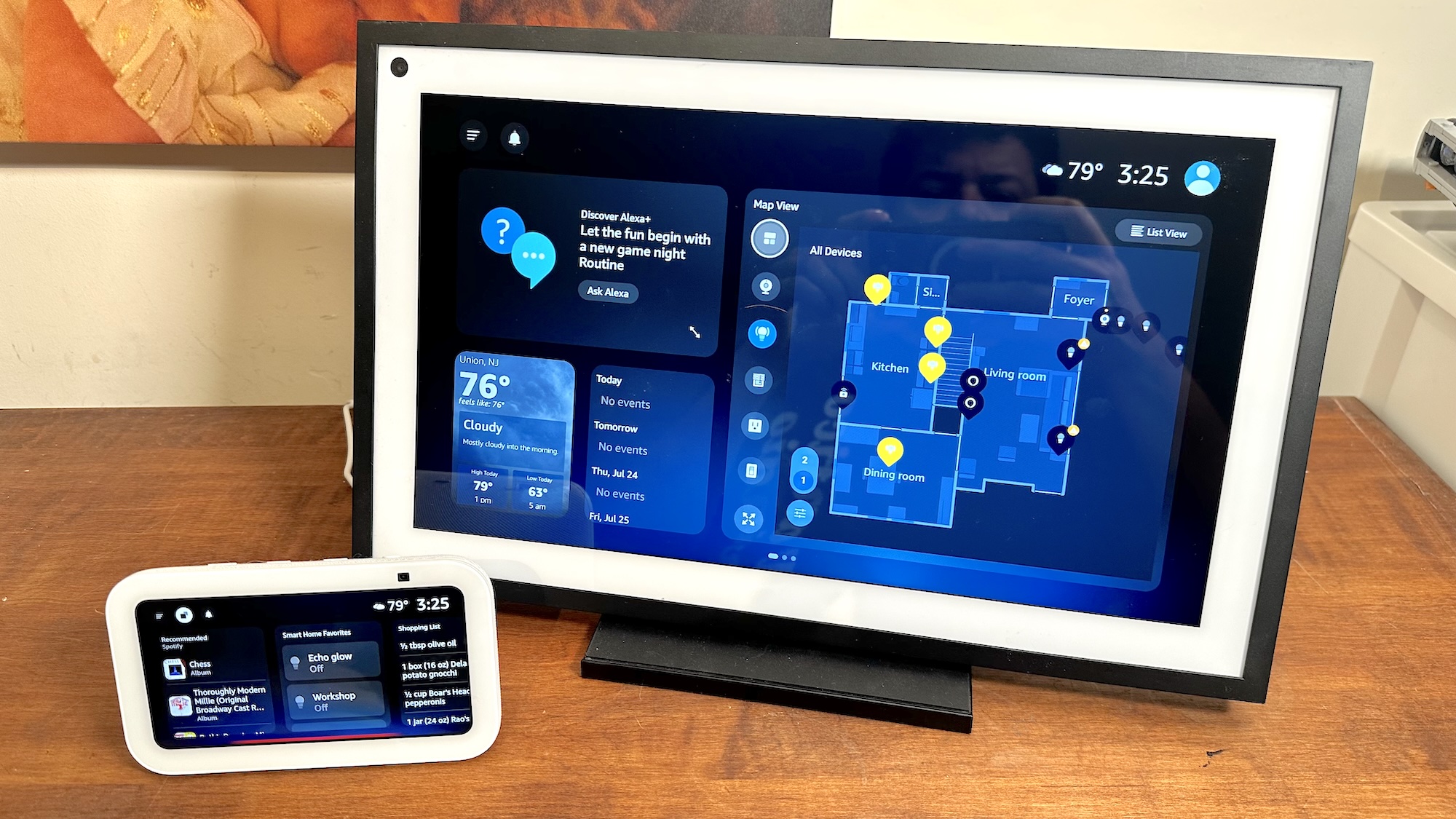The Switch Was Made for Games Like Tales of Vesperia
The best argument for the Nintendo Switch may be a pretty decent cult classic JRPG from 11 years ago.
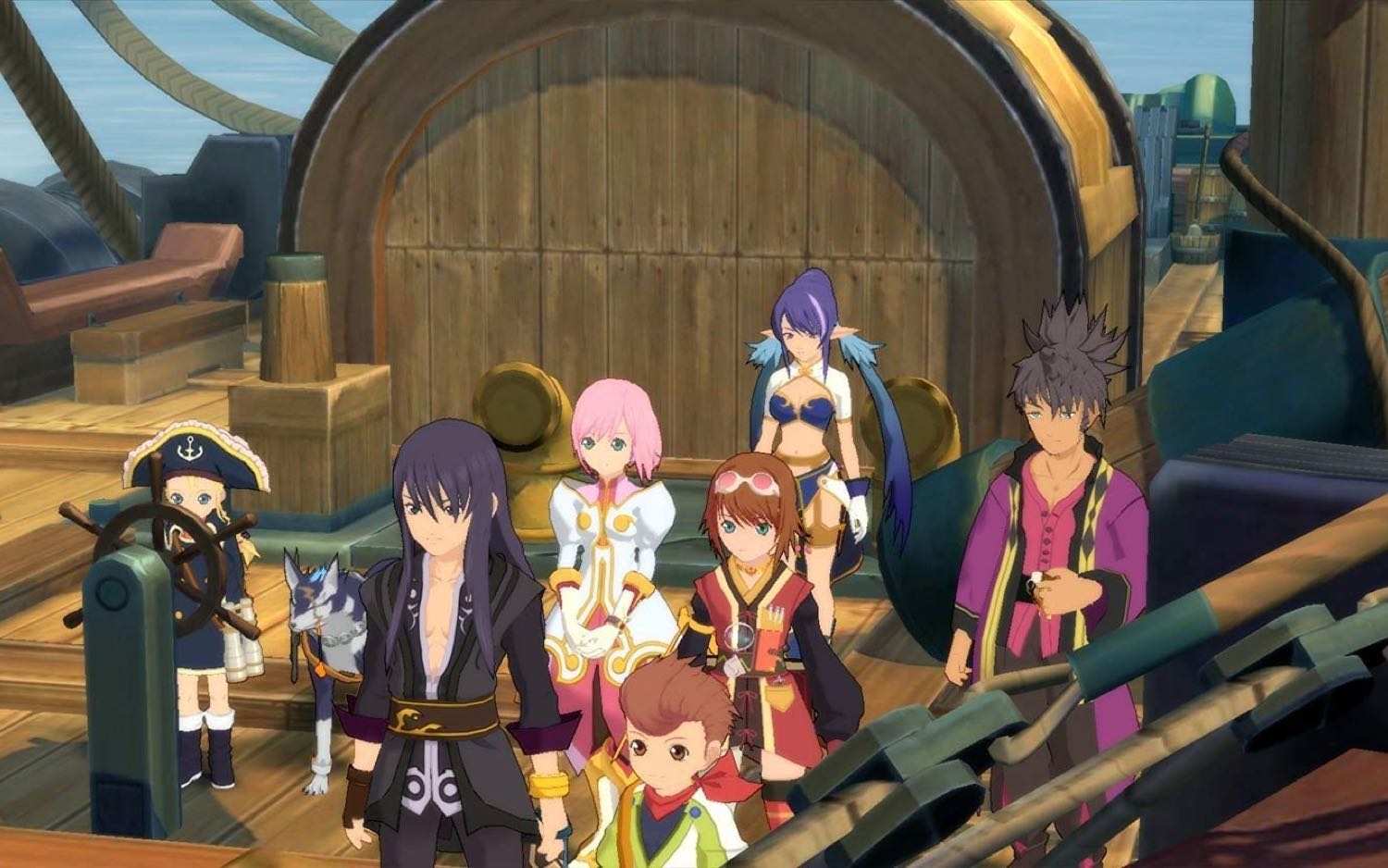
The Nintendo Switch has been out for almost two years, and in that time, it's had a handful of incredible games. The Legend of Zelda: Breath of the Wild broke new ground in open-world gameplay, while Super Mario Odyssey showed that Nintendo's oldest mascot still has plenty of new tricks.
And yet, I don't think it's Super Smash Bros. Ultimate, Mario + Rabbids Kingdom Battle, or Splatoon 2 that really demonstrates why the portable hybrid is so indispensable. Instead, I think that comes from a pretty decent cult classic JRPG from 11 years ago.
Tales of Vesperia: Definitive Edition is out now for the PC, PS4, Xbox One and Switch — and if you have a Switch, that's the platform I'd recommend for the game. While Vesperia is nearly identical on all four systems, I appreciated being able to take it on the go. It reminded me just how much better JRPGs are when you can delegate level-grinding to everyday downtime.
The daily grind
For those of you who have never played it, Tales of Vesperia is a Japanese role-playing game that came out in 2008 for the Xbox 360 (much to the consternation of JRPG fans, who, by and large, owned PS3s). As part of the long-running Tales series, it features a real-time battle system, an attractive anime aesthetic, a cast of quirky and attractive young people out to save the world, and a morally gray story that's a cut above most JRPG fare.
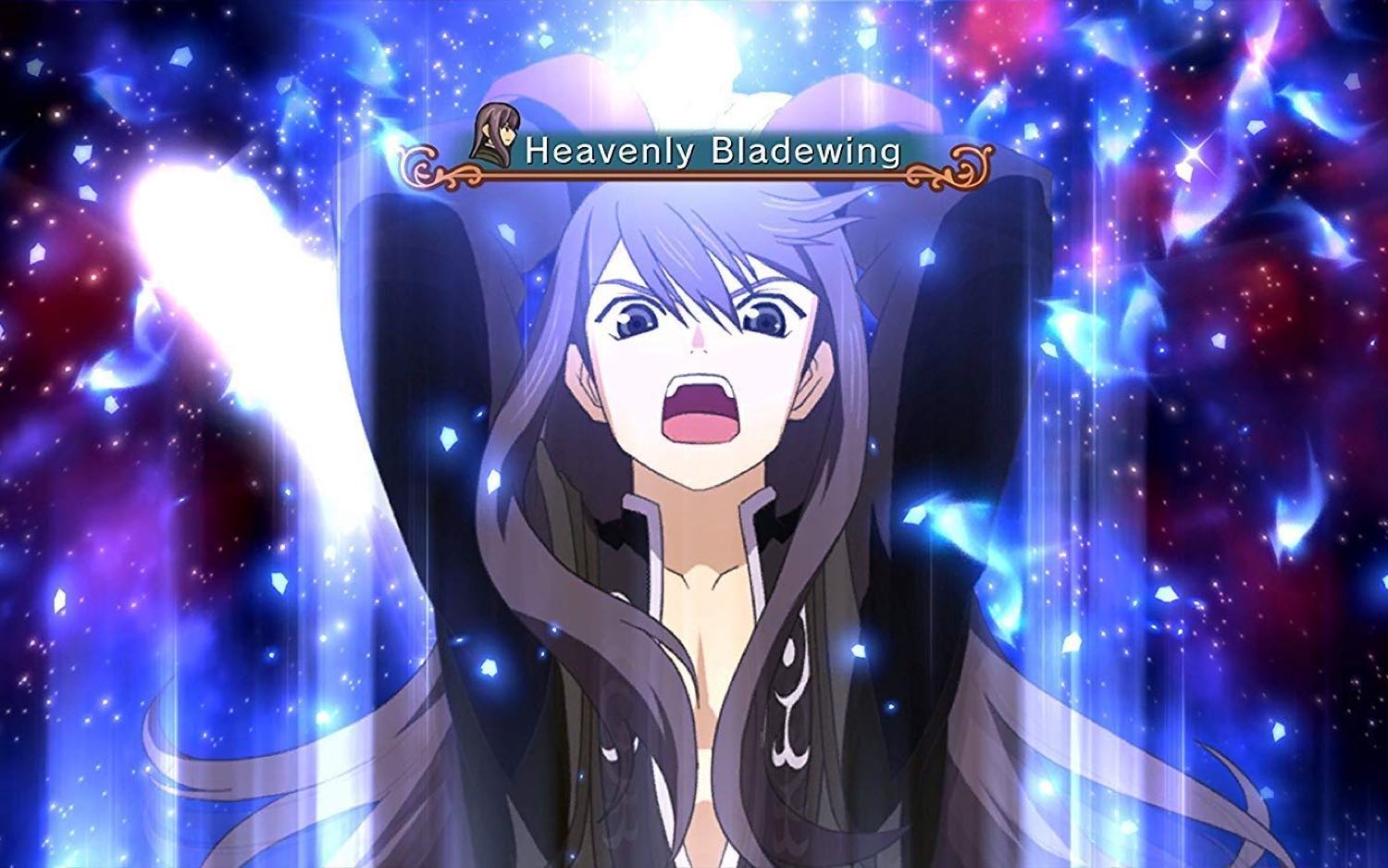
It's not going to change anyone's mind about the genre, but as Tales games go, it's one of the better ones. The Definitive Edition adds a few playable characters, costumes and so forth.
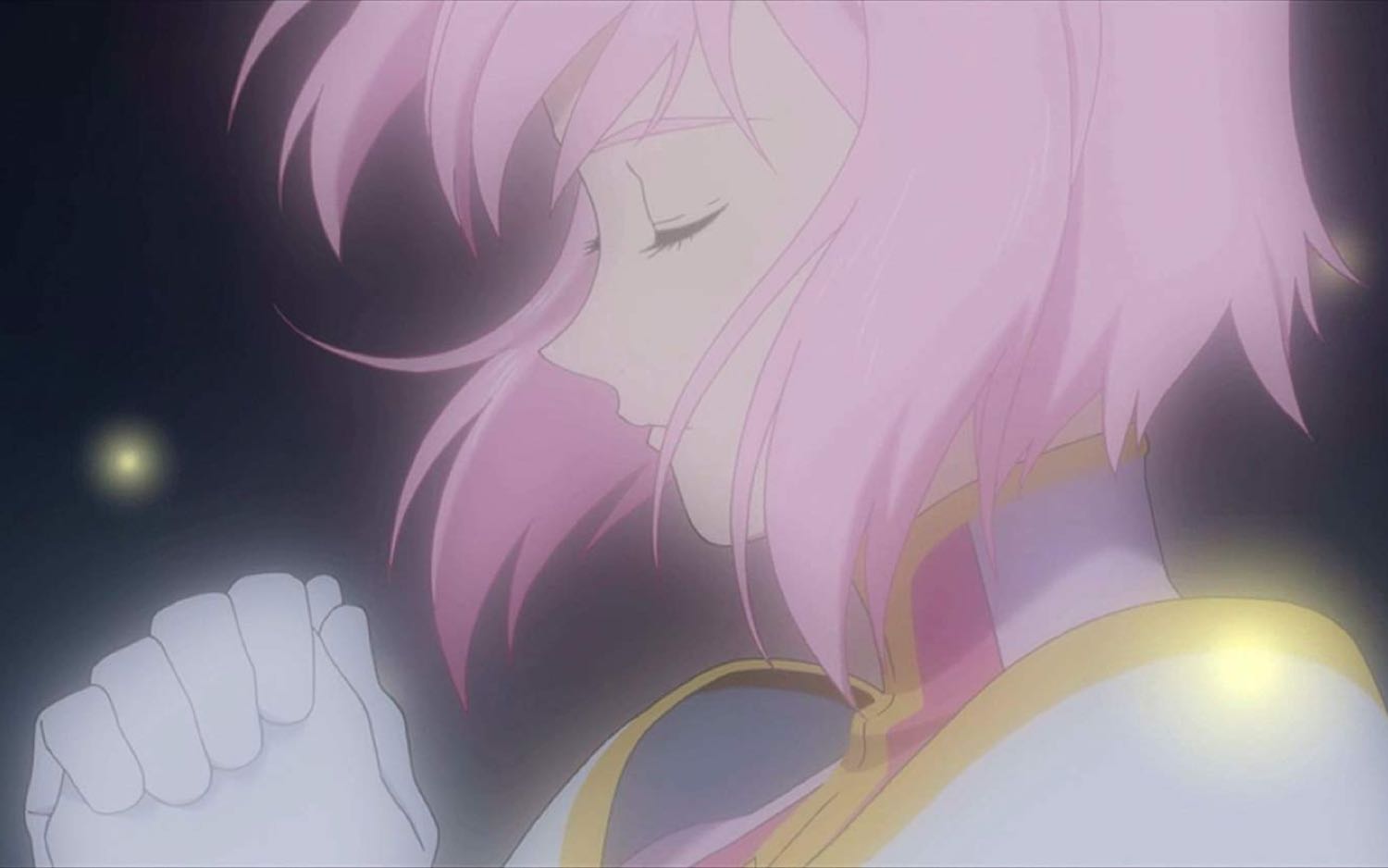
But, like with most JRPGs, character advancement is inextricable from fighting the same handful of enemies over and over. Right from the first boss — who is three levels above you, by default — Tales of Vesperia expects you to work for your fun. And that means earning experience to level-up your characters, gald to buy equipment and LP to learn special skills.
On Normal difficulty, the amount of grinding isn't excessive, but you'll definitely have to do some, especially if you want to unlock the game's devious ultimate weapons, the Fell Arms.
Get instant access to breaking news, the hottest reviews, great deals and helpful tips.

When you're moving the plot along at a steady clip, exploring new dungeons and tackling climactic bosses, it's great to set Vesperia up on a big-screen TV, kick back on your couch (perhaps with a lovely beverage in hand) and enjoy the story. But there's really no reason to spend prime living-room real estate on running in circles, fighting the same enemies over and over, probably while listening to a podcast or watching YouTube videos in the background.
MORE: The Best Nintendo Switch Accessories So Far
Instead, I was perfectly happy to level-grind while riding the subway, getting ready for bed, leaving the TV for my girlfriend to watch, waiting to meet my family at a restaurant and so forth. Basically, if I had more time than it would take to knock off a quick Twitter post, but less time than I'd need to get fully invested in an ongoing story, that was the perfect time to buff up my characters in Vesperia. When I put the console to sleep, I wasn't interrupting anything important.
Switch Showcase
And that's why, ultimately, Tales of Vesperia: Definitive Edition showcases what the Switch can do, perhaps even better than Mario and Zelda can. The system's portability is helpful in general, but it can also break flow tremendously in games that rely heavily on challenging moment-to-moment gameplay. Pausing in the middle of Link tackling an enemy base or Mario scaling a tower means that it's going to take a little while to get your bearings back when you plug in again. Compare and contrast to Tales of Vesperia, in which not every encounter is created equal and there's always a low-stress, low-investment opportunity for character advancement.
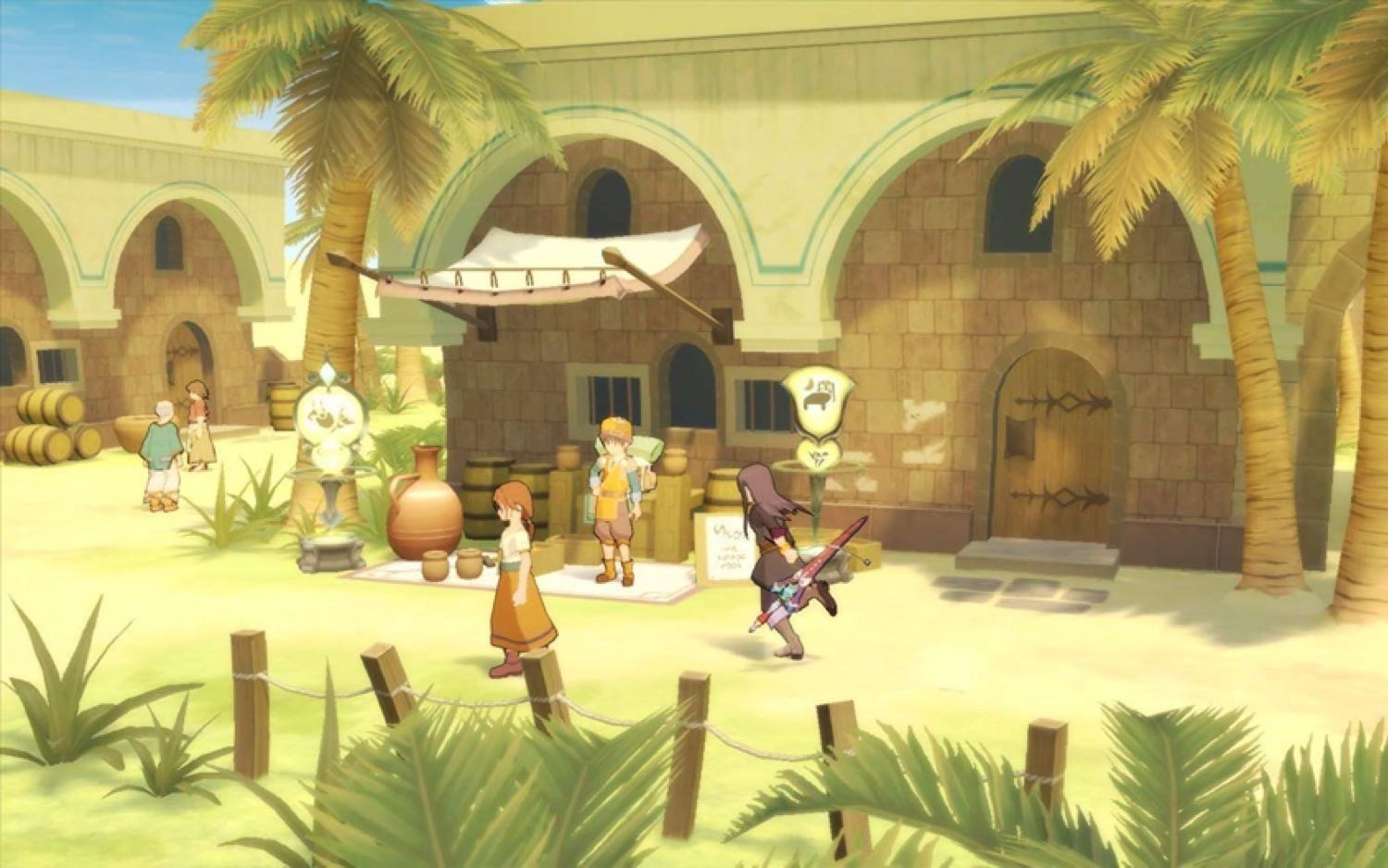
None of this to say is that Tales of Vesperia: Definitive Edition is the best game on Switch or even that the game is "better" on this platform than on others. The Xbox One and PS4 versions have better colors and smoother frame rates, while the PC version can give you up to 4K resolution. It's also fair to question whether we should really celebrate the game's portable approach to grinding when it would arguably be better without requiring grinding in the first place.
Even so, the Switch version has made me excited to replay a long, sometimes-repetitive game, which I thought I'd never want to play again after 2008. And I'll probably want to keep playing as long as I have commutes, long waits and plane rides that require distraction.
Credit: Namco Bandai Games

Marshall Honorof was a senior editor for Tom's Guide, overseeing the site's coverage of gaming hardware and software. He comes from a science writing background, having studied paleomammalogy, biological anthropology, and the history of science and technology. After hours, you can find him practicing taekwondo or doing deep dives on classic sci-fi.
